KHSAA Disregards Student Press Coverage at Girls Basketball State Championship
Photographer Emma Whitehouse capturing all she can of the game. Even though Whitehouse had a photography past, this was the only corner she was allowed to shoot the game in. “I felt very disrespected the entire time I was there,” Brandon Mudd said.
Stand in your corner.
The first round of the Girls’ Basketball Kentucky High School Athletics Association (KHSAA) State Championship was held this past Wednesday, March 9 at Rupp Arena. Although it was a big milestone for the teams that made it, access to coverage of the game by student press outlets was limited. There are many strong opinions voiced by teachers, coaches, players and students surrounding the situation. Many believe that the restrictions the KHSAA placed on the student news outlets are not justified.
The new restrictions meant that only one student from each school was allowed to cover the game without extra charge, rather than one student from each media outlet. In addition, the students allowed coverage could not go on the floor, while reporters from professional news outlets could. “When I heard the price of the floor tickets were 1,000 apiece, I thought that was kind of ridiculous. If that is what you would make a large company pay, that makes sense,” Livewire staff writer Brandon Mudd said. Mudd said that the difference between the way professional journalists and student journalists are treated is not acceptable. Student journalists were not able to get the experience they needed to help further their skills and also had no way to get the money they needed for extra press passes like professional journalists do.
These limitations were implemented two years ago due to the COVID-19 pandemic, limiting access to coverage of the championship and the number of spectators allowed to watch the games in the arena. Two years later, after most COVID-19 restrictions have been lifted at Rupp Arena, these restrictions on press and coverage are still in place, with seemingly no reason. “It’s just easier for them not to have to deal with student press,” Larry Steinmetz, president of the Kentucky Journalism Teachers Association, said. Steinmetz says that there is no valid reason for these limitations. He has reached out to KHSAA multiple times and never received a response justifying their actions.
Student press access has not always been limited by the KHSAA. Prior to the COVID-19 pandemic, multiple student journalists and photographers were allowed access to the floor to take pictures of their school’s team and cover the event for their publication. There was no extra cost to floor access or restrictions placed on the amount and quality of the coverage student press outlets could produce. “We had a lot more freedom when we covered the girls at Rupp,” said Morgan Harbolt, who covered the state championship prior to the pandemic.
Our student journalists felt very disrespected and like they were treated unfairly at Rupp Arena. “I was kind of annoyed. I’ve been covering girls basketball all season,” Mudd said. Bigger professional media outlets only come to cover the bigger events, yet are getting better treatment, whereas journalists, like Mudd, have been committed to this sport all season and are being treated like they are not as important.
Emma Whitehouse was the designated student journalist at the game for all of Bullitt East’s media outlets. Although she was allowed to take pictures, she was not permitted to step onto the floor. “I definitely think that I was limited with the kind of photos and images I was able to get. It really was challenging for me to try to get creative and to overcome that situation,” Whitehouse said. She had to share an area with the student section and band and only had a small corner of space to move in and work with.
This conflict not only affected the student journalist covering their school’s team but the team themselves and coaches as well. Throughout the season, Whitehouse has been at the games taking pictures for the team and the girls have relied on her to capture good quality pictures of them while playing the sport they love. Now that the girls have made it to the state championship, the value that Whitehouse and the pictures she takes have to the team and the school is greater than ever, but with these restrictions in place, she can not capture the best pictures she possibly could for the players. “We all value Emma for everything that she does, she has gotten some very memorable pictures this year and I’m sure that the girls are sad that we don’t get to see Emma’s full capacity,” Coach Katie Hoben said.
A lot of people can’t see any good reasons that justify the actions of the KHSAA. “Just from being in the arena and seeing press row and how it works and photography row and how it works, we are talking about 16 total kids, one from each school, and there is really no reason they should not be able to participate fully in the way that any other press outlet would,” Steinmetz said. The Livewire publication has almost 2,600 followers on Twitter. People in the community rely on the staff to report news up to a certain standard just like people rely on other publications, and the KHSAA is unnecessarily making that harder.
Whithouse says that she can see why the restrictions would be justified from the KHSAA’s point of view because they might see student journalists as amateurs, but she still doesn’t think that what they are doing is right. “In reality, we should be taken seriously. Just as serious as the Pioneer News and Courier Journal,” Whitehouse said. The whole purpose of photojournalism is to capture moments that are worth remembering. No matter the level of journalist that is taking those pictures, they still tell the same story.

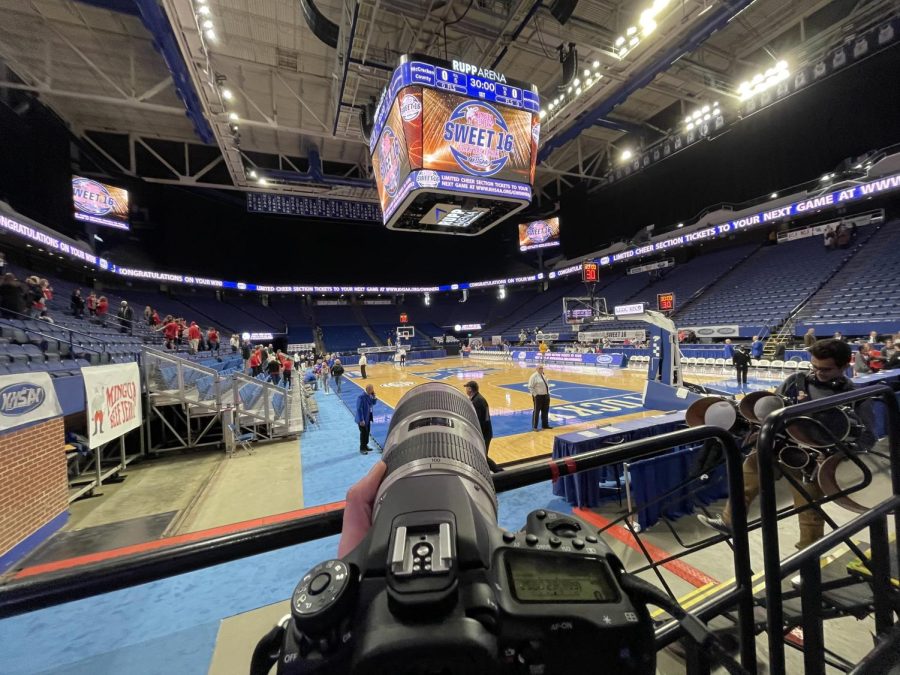

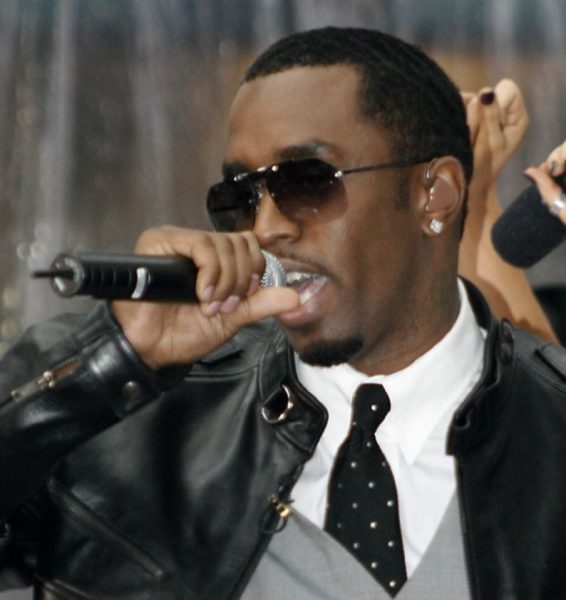
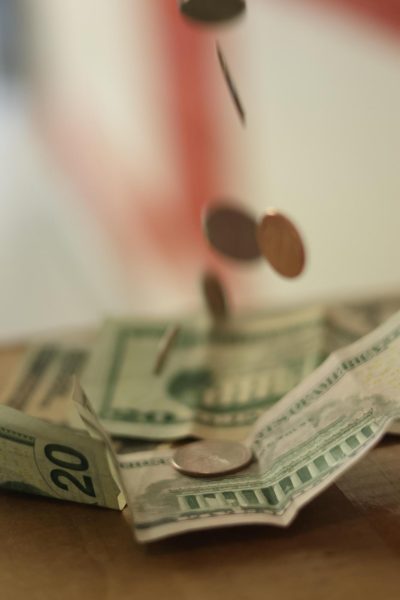
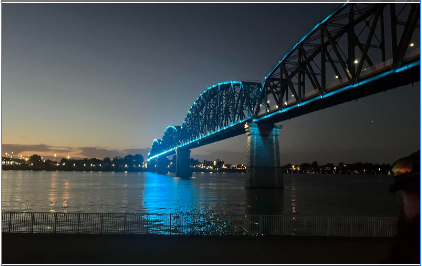
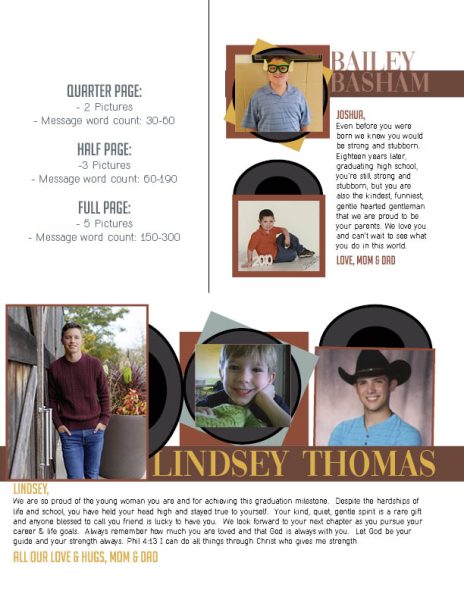
Melissa Harbolt • Mar 11, 2022 at 4:36 pm
Agree 100 %. I think it’s ridiculous that the
KHSAA denies the high school journalism staff
access to fully cover school sports. That they
expect these schools to pay , and KHSAA to
profit off of these kids in such a way is a shame
.To deny instead of nurturing these kids this
journalism experience is sad.